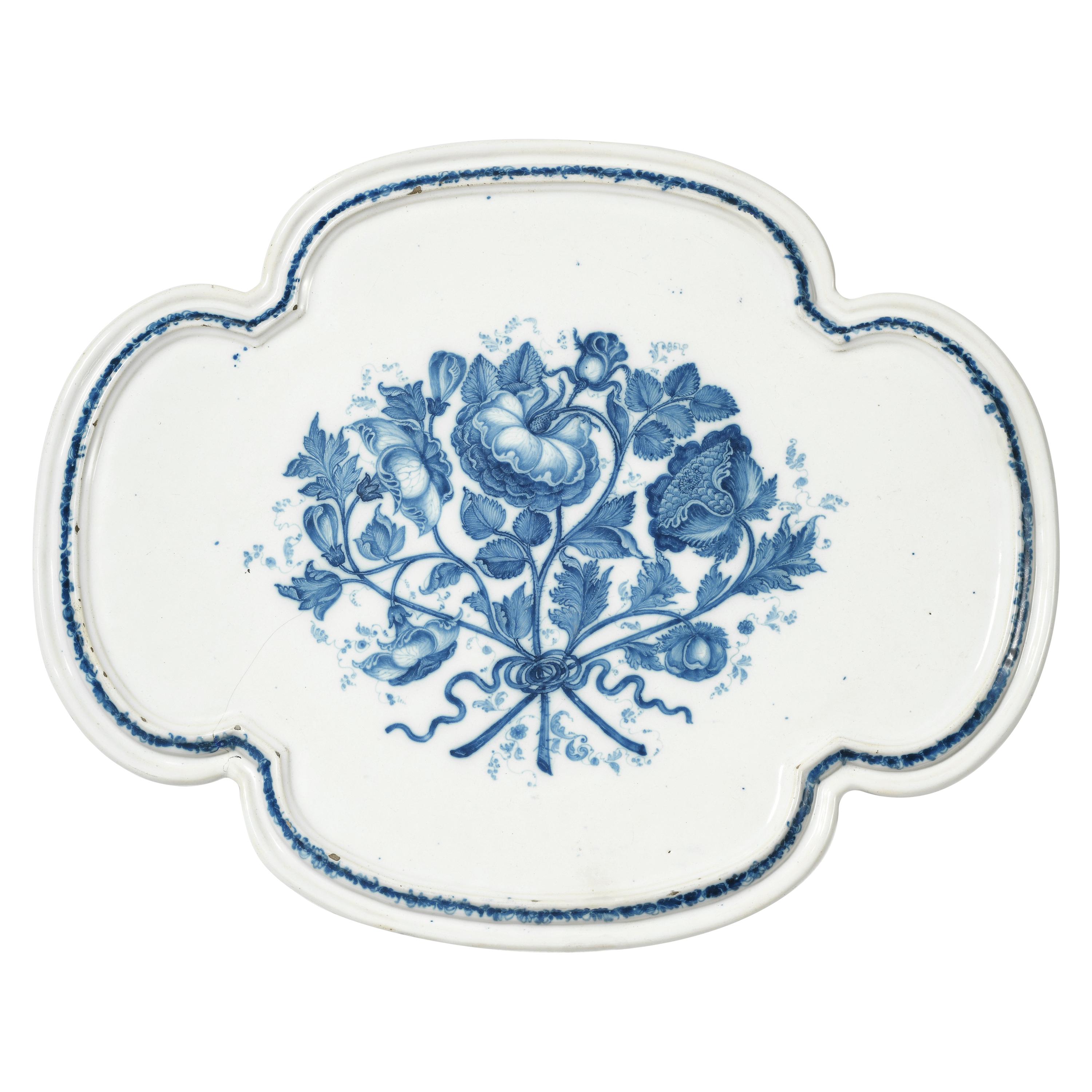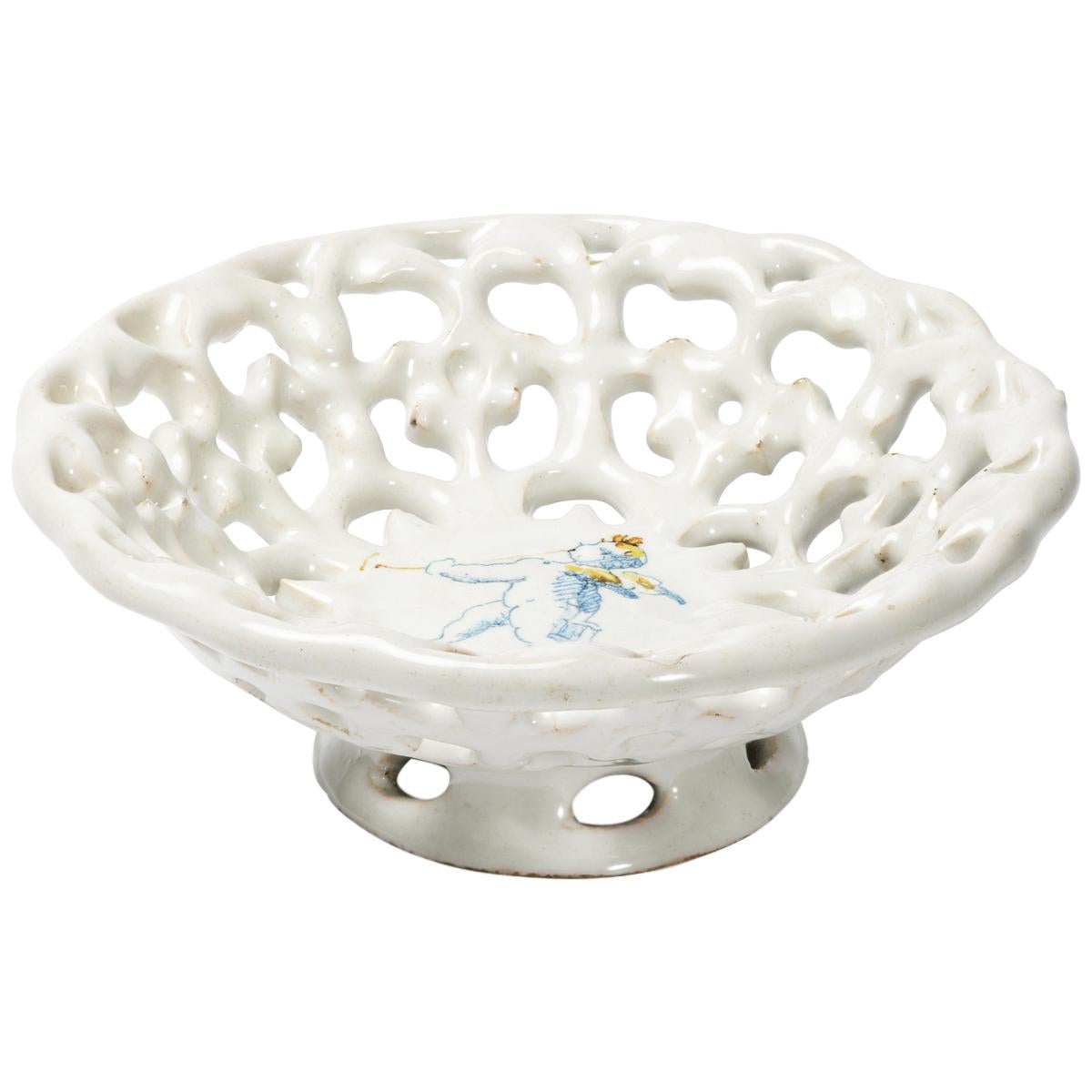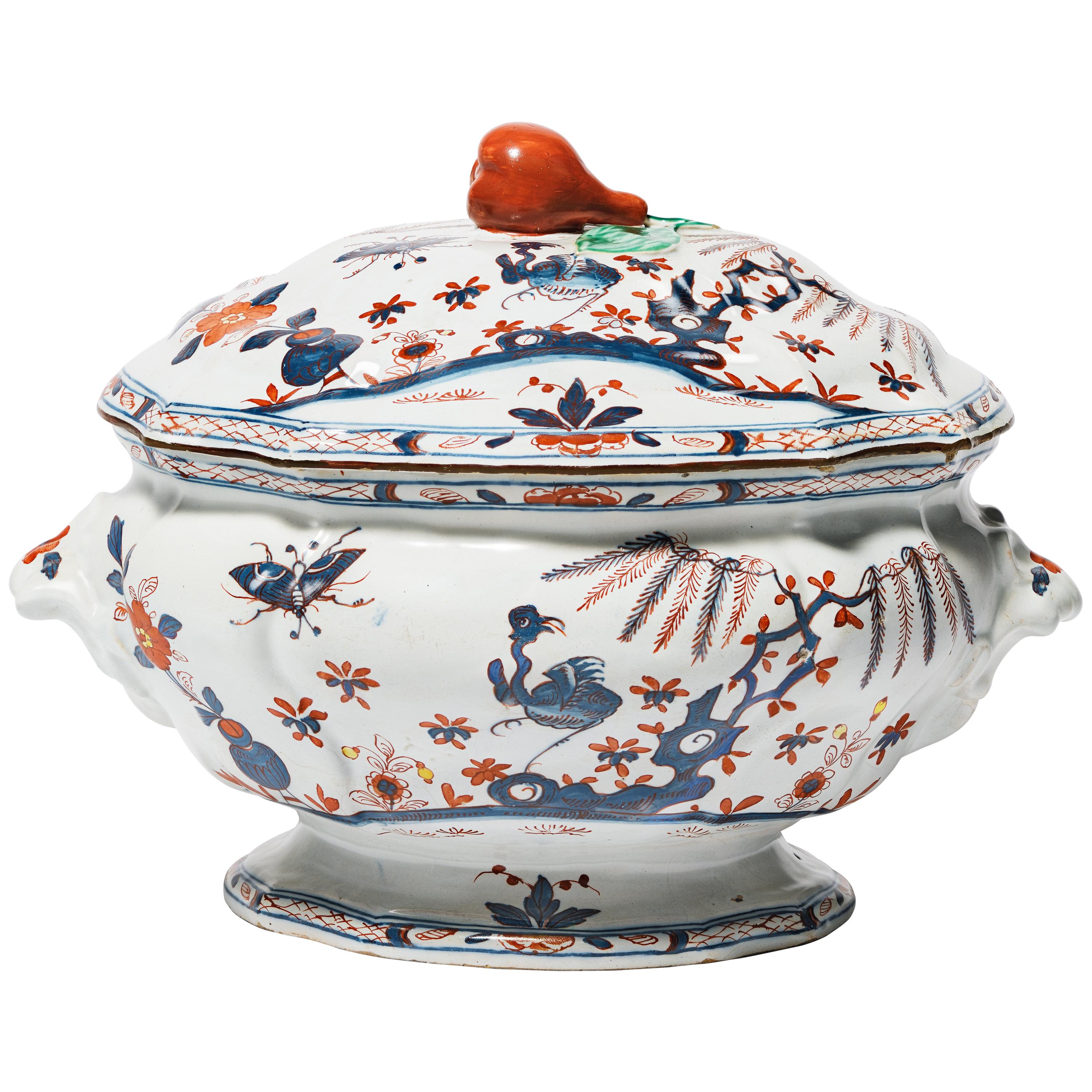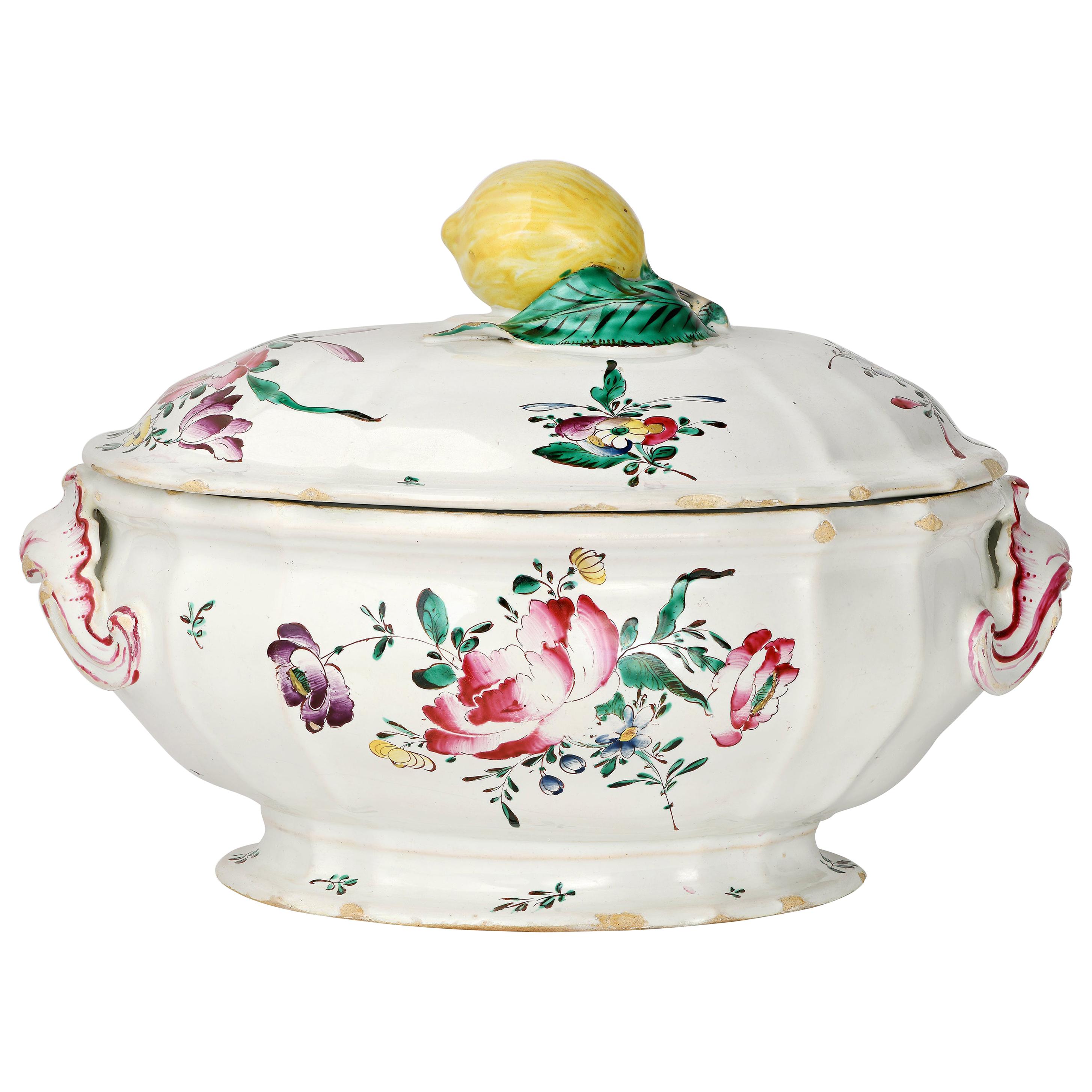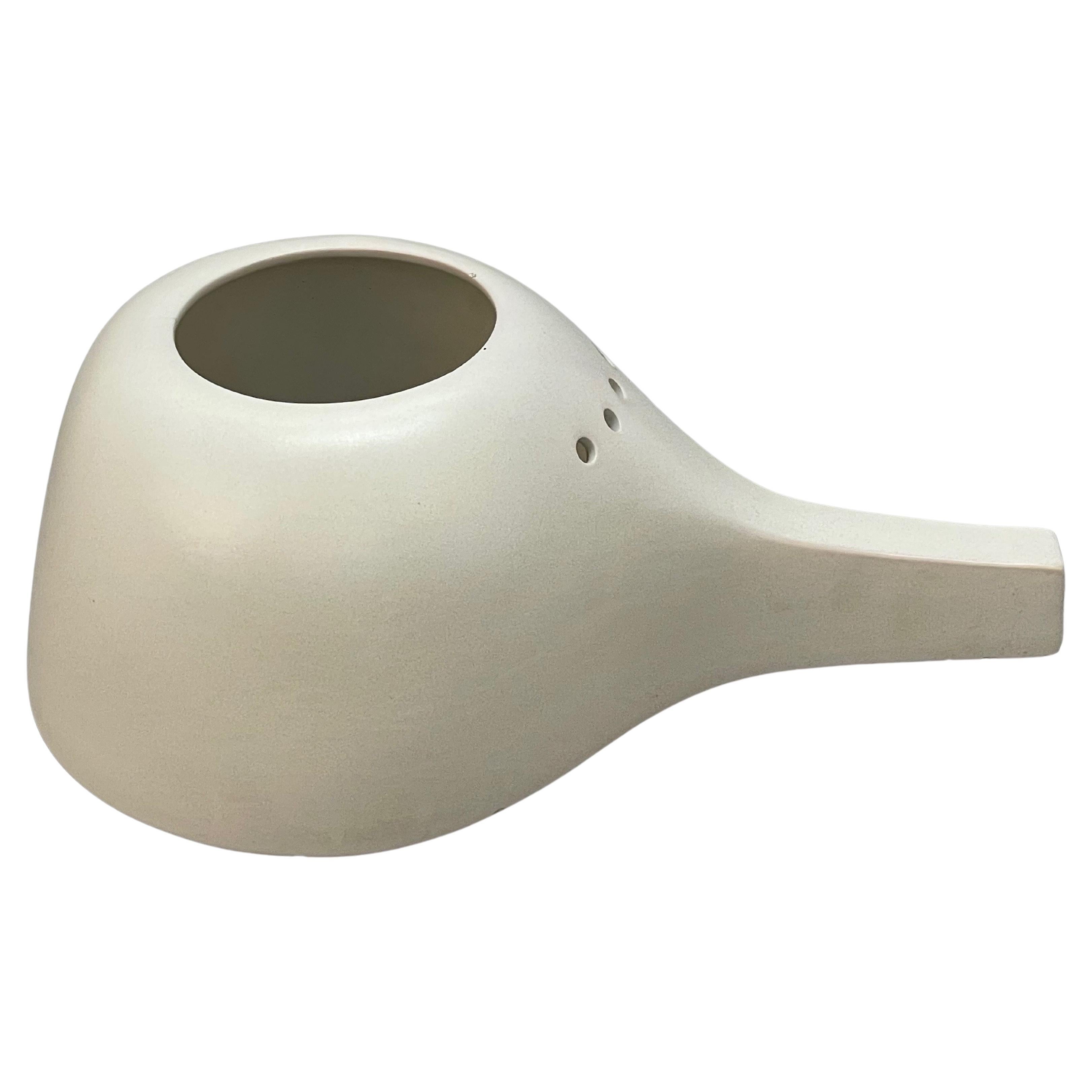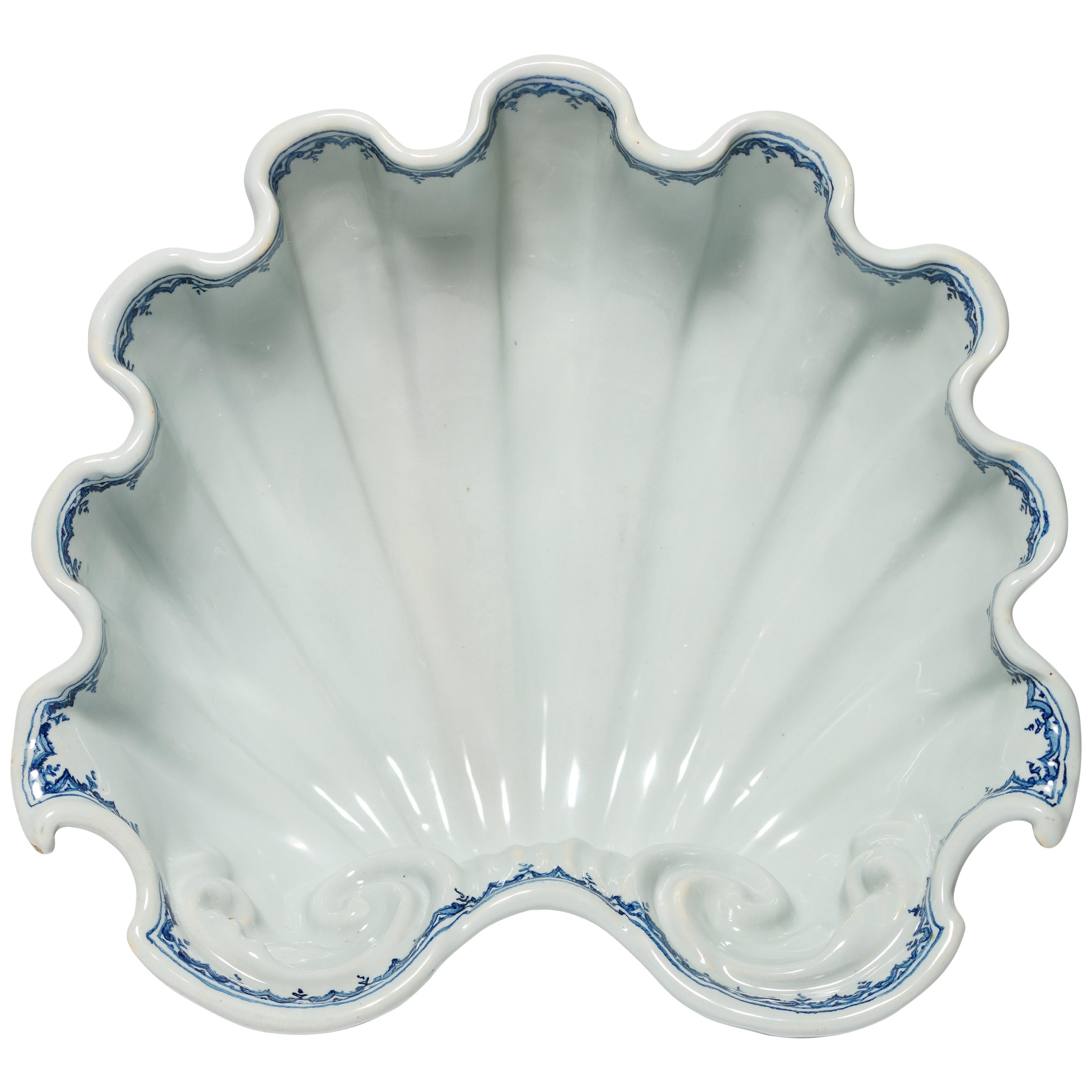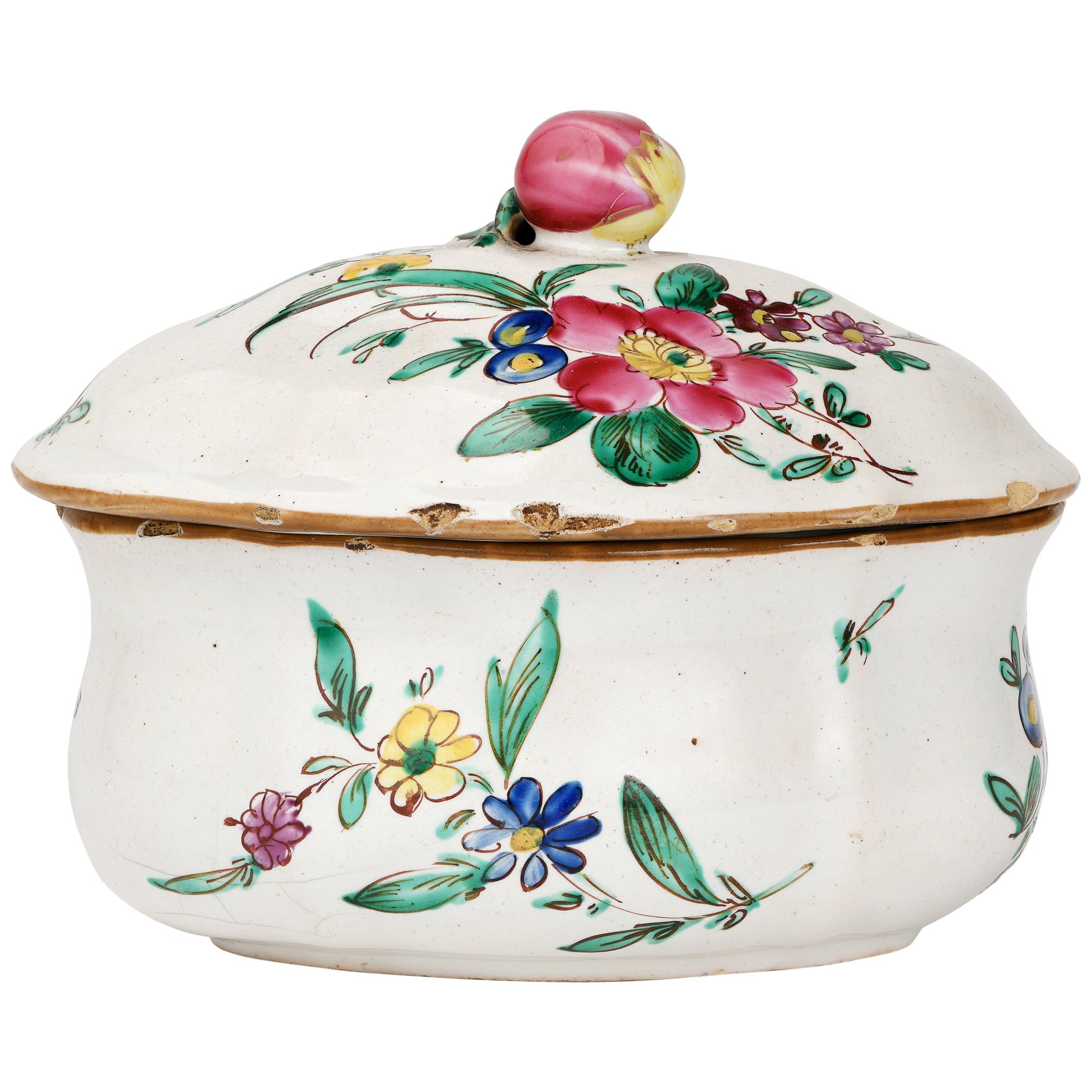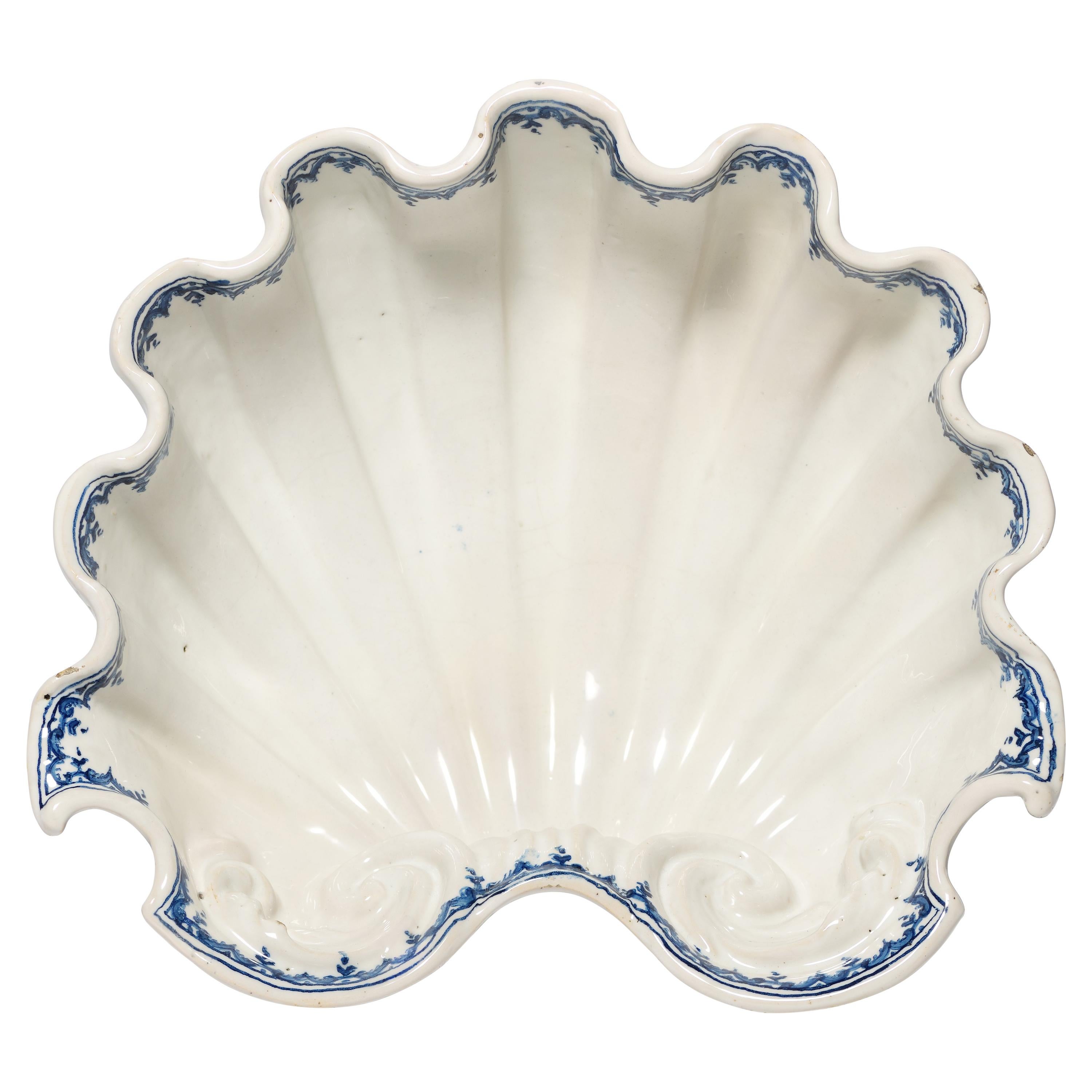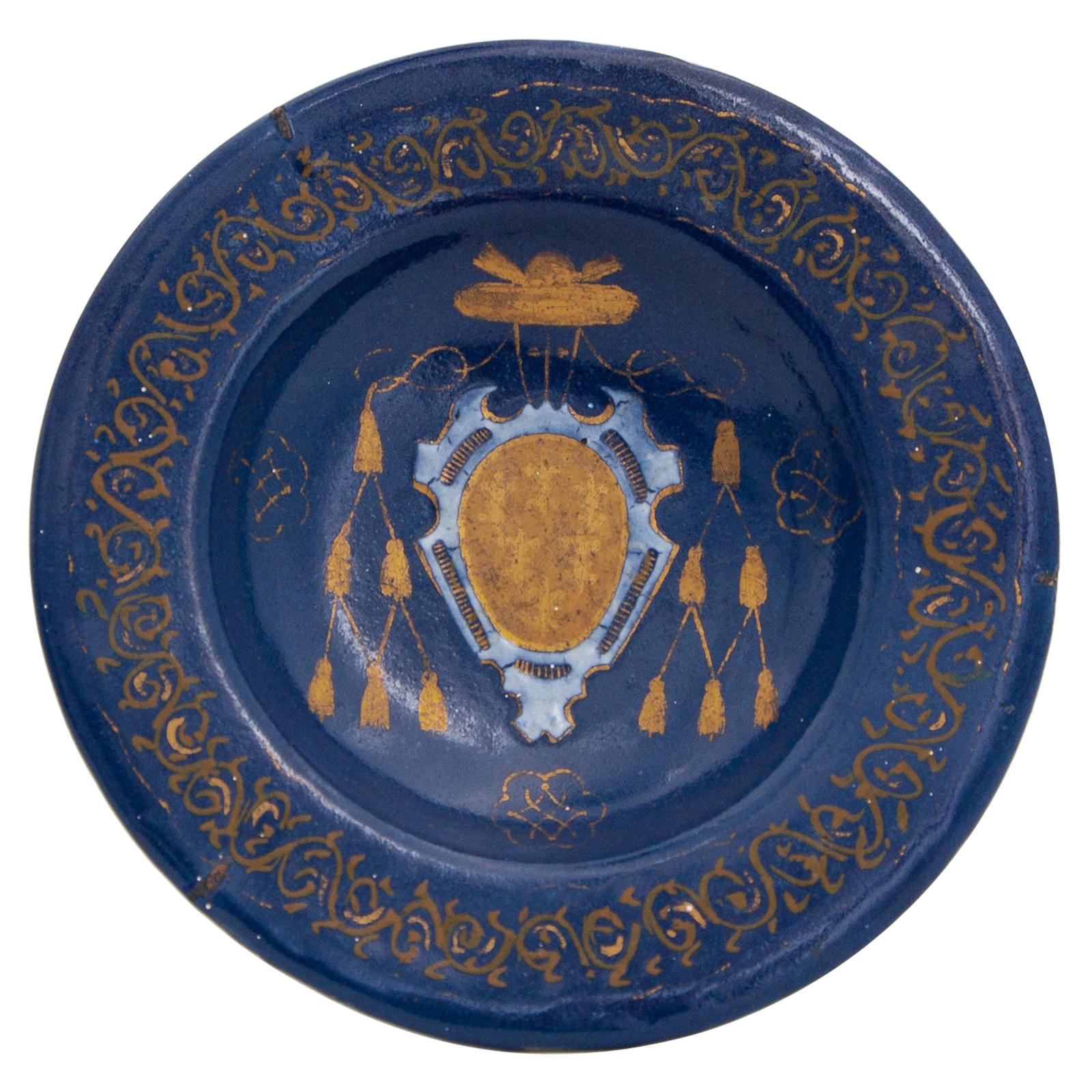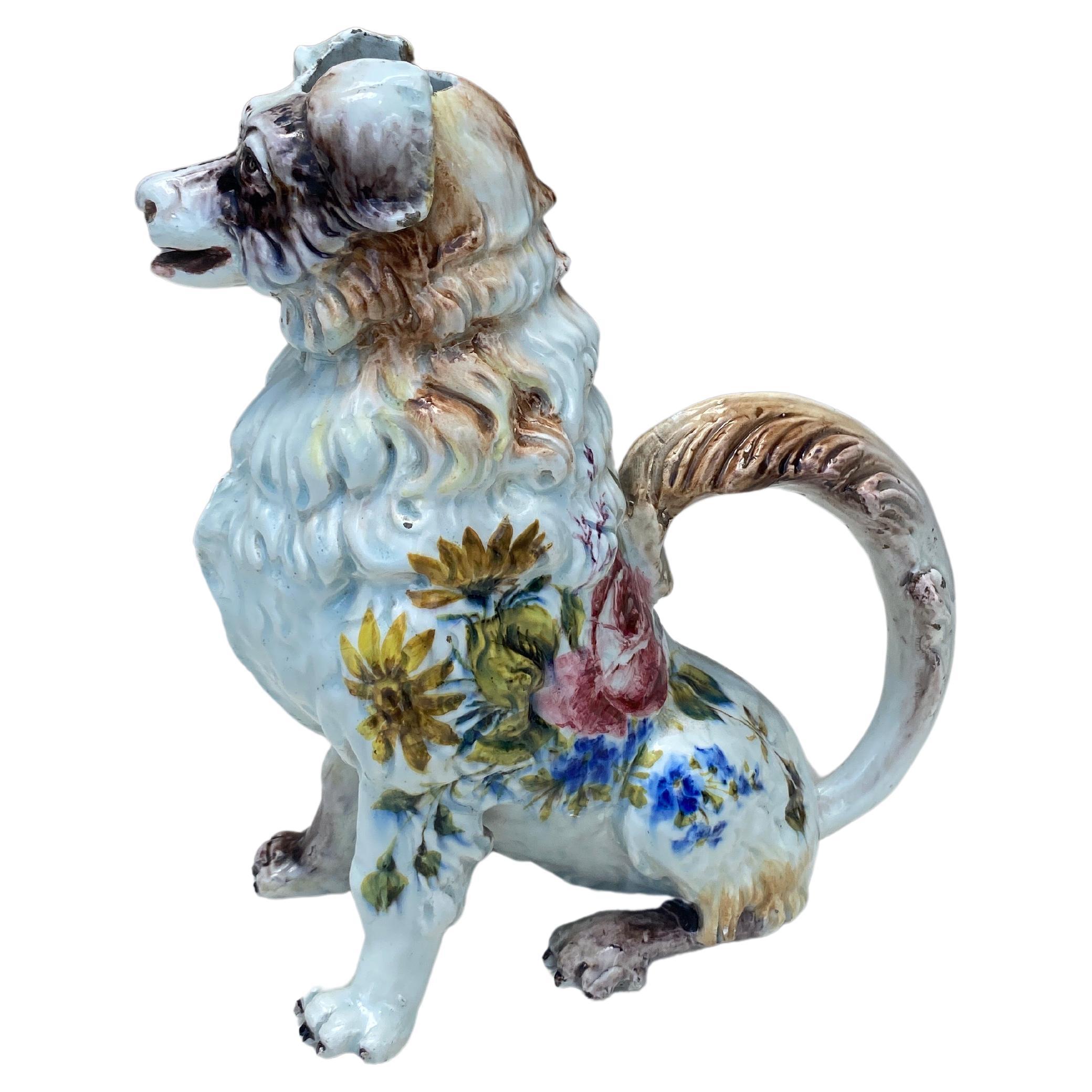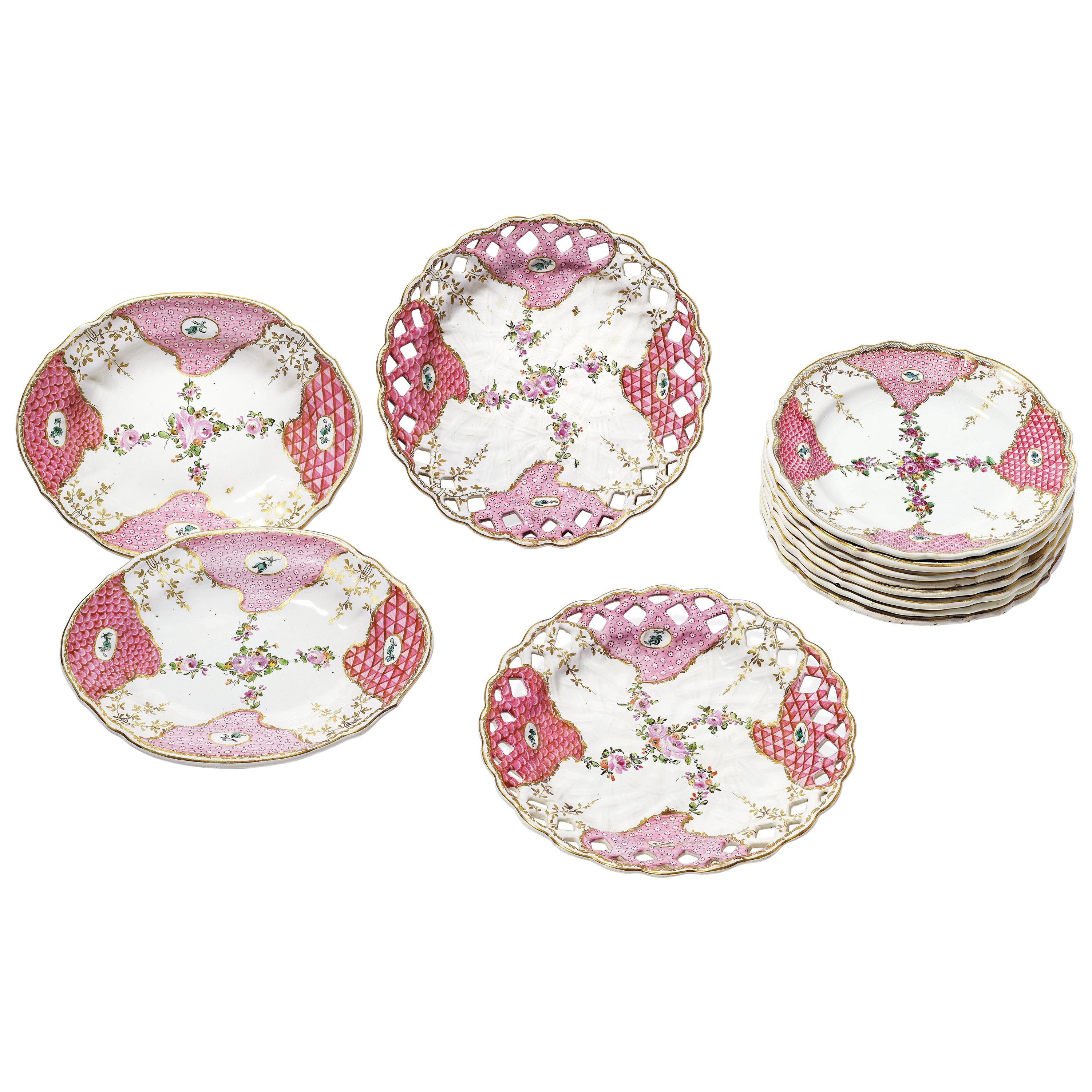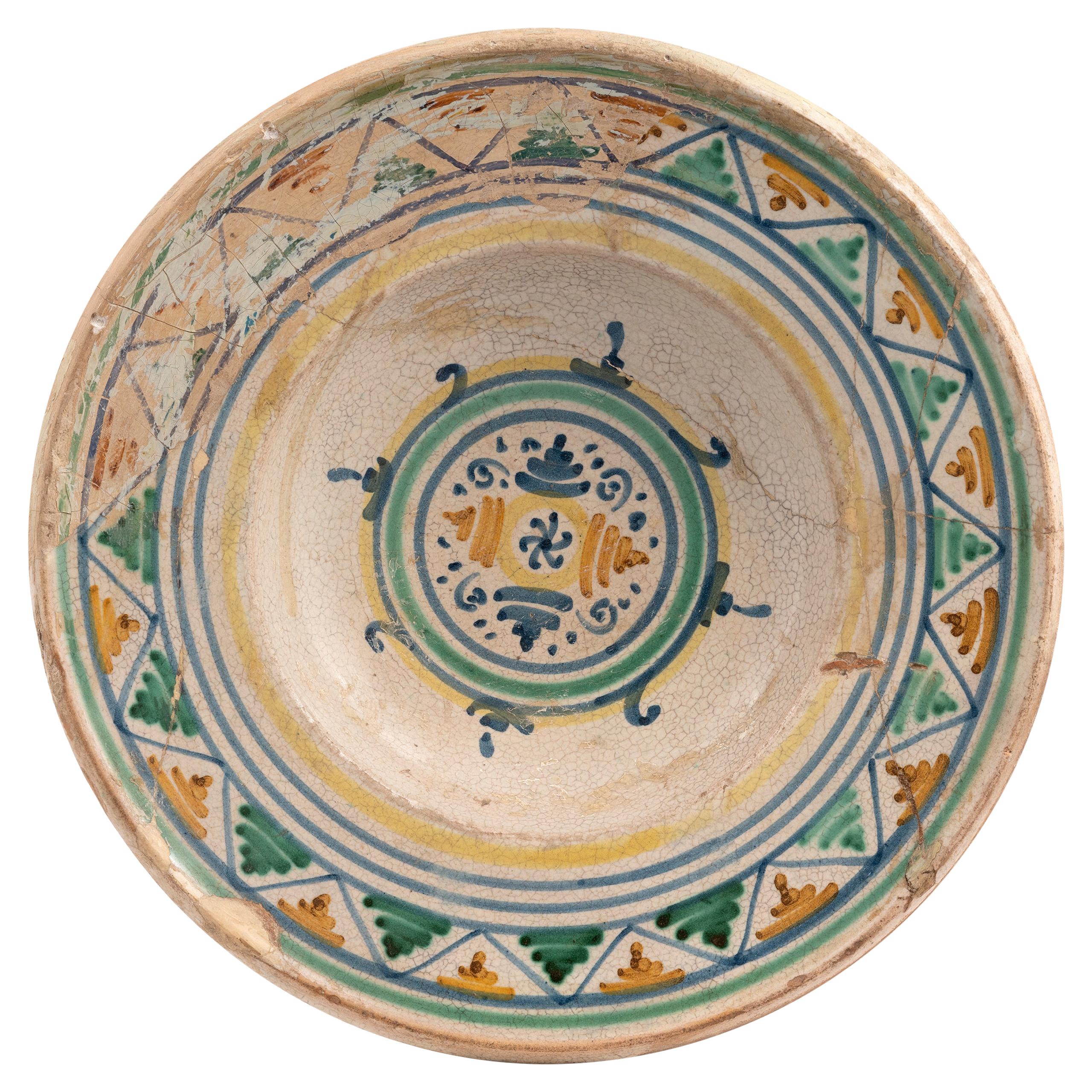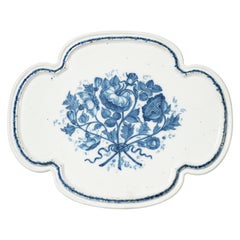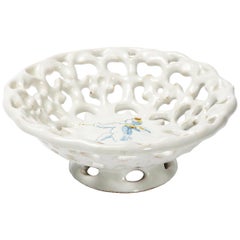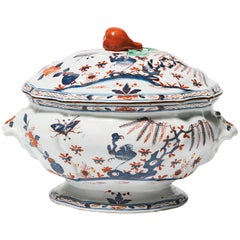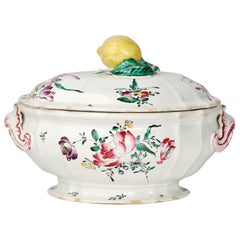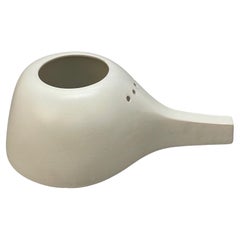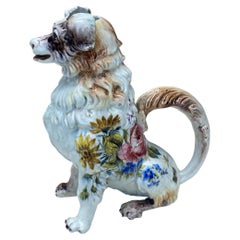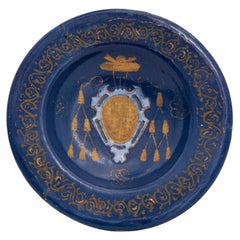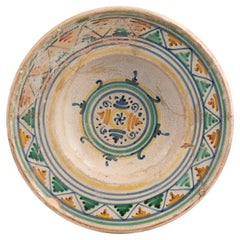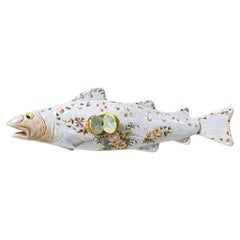
Ancient Italian Maiolica Covered Fish Dish, Nove Di Bassano, 1890-1920
View Similar Items
Video Loading
Want more images or videos?
Request additional images or videos from the seller
1 of 21
Ancient Italian Maiolica Covered Fish Dish, Nove Di Bassano, 1890-1920
About the Item
- Dimensions:Height: 7.88 in (20 cm)Width: 25.4 in (64.5 cm)Depth: 5.75 in (14.6 cm)
- Style:International Style (Of the Period)
- Materials and Techniques:Maiolica,Glazed
- Place of Origin:
- Period:
- Date of Manufacture:circa 1890-1920
- Condition:Minor fading. Intact.
- Seller Location:Milano, IT
- Reference Number:1stDibs: LU4352232289182
About the Seller
4.3
Vetted Professional Seller
Every seller passes strict standards for authenticity and reliability
Established in 1860
1stDibs seller since 2018
21 sales on 1stDibs
Associations
International Confederation of Art and Antique Dealers' Associations
Authenticity Guarantee
In the unlikely event there’s an issue with an item’s authenticity, contact us within 1 year for a full refund. DetailsMoney-Back Guarantee
If your item is not as described, is damaged in transit, or does not arrive, contact us within 7 days for a full refund. Details24-Hour Cancellation
You have a 24-hour grace period in which to reconsider your purchase, with no questions asked.Vetted Professional Sellers
Our world-class sellers must adhere to strict standards for service and quality, maintaining the integrity of our listings.Price-Match Guarantee
If you find that a seller listed the same item for a lower price elsewhere, we’ll match it.Trusted Global Delivery
Our best-in-class carrier network provides specialized shipping options worldwide, including custom delivery.More From This Seller
View All18th Century Italian Maiolica Centerpiece Bassano Venice, circa 1750
Located in Milano, IT
Maiolica centerpiece
Pasquale Antonibon factory
Nove di Bassano, Venice, 1740-1770.
Measures: 1.85 in x 19.21 in x 15.27 in
4.7 cm X 48.8 cm X 38.8 cm.
lb 5.29 (kg 2.4)
State of conservation: thin passing fêlure with covered chipping and a glued foot
The Antonibon were an important family of Venetian...
Category
Antique 1750s Italian Baroque Ceramics
Materials
Maiolica
Ancient Italian Renaissance Maiolica Crespina, Faenza, 1580 Circa
Located in Milano, IT
Crespina
Faenza, last quarter of the 16th century
Maiolica painted in two colors, light blue and yellow, on a thick, rich layer of white enamel.
It measures 2.24 in (5.7 cm) in height, 6.10 in (15.5 cm) in diameter.
lb 0.55 (kg 0.25)
State of conservation: mimetic restoration.
The small cup has a raised central “umbone”, a perforated brim and a shaped rim. It rests on a high jutting foot. The "crespina" shape, in some inventories is cited as "tacce de frute" (fruit cups). It was particularly appreciated in the Renaissance and has variants based on the formal types and the different sizes. The decoration, made according to the dictates of the “compendiario” style, used few standardized colors: blue and yellow on a thick white and shiny enamel, deliberately chosen as the colour which was most reminiscent of silver. This choice derived from a trend in creative design of the era: the shapes used in the molds were often taken from metal objects. An idea which would last throughout the Renaissance.
The work shows, in the middle of the “umbone”, a winged putto stepping forward while playing a long thin trumpet.
The depiction of the putto is fully representative of the repertoire of the Faenza workshops of the sixteenth century.
Some specimens with this type of decoration have been published in a volume by Carmen Ravanelli Guidotti: there appears the whole productive repertoire of this fundamental moment of transition between the taste for the “istoriato” style and the great simplification of decoration in the “compendiario” period. This style, in its simplicity, however, saw its expression in a rather varied collection of decorative subjects, including old-fashioned busts...
Category
Antique 16th Century Italian Renaissance Ceramics
Materials
Maiolica
Ancient Italian Maiolica Tureen Milano, 1770 circa
By Felice Clerici, Pasquale Rubati
Located in Milano, IT
Maiolica tureen “allo struzzo” (ostrich decoration)
Milan, Felice Clerici or Pasquale Rubati factory, circa 1750-1780
Measures: 9.25 in x 12.79 in x 10.23 in (cm 23.5 x cm 32.5 x cm 26)
lb 4.78 (kg 2.17)
State of conservation, a felûre consolidated inside with slight edge chipping restored.
In Milan in the 18th century two Majolica warehouses were opened, the first, by Felice Clerici, in 1745, the second in 1756 by Pasquale Rubati.
Traditionally this type of decoration has been attributed to the Pasquale Rubati factory. In reality the motif “allo struzzo”, one of the clearest examples of how the taste for chinoiserie met with considerable success during the 18th century, had been produced, in specimens of greater or lesser quality, by both Milanese manufactories.
This Maiolica tureen has a swollen and ribbed oval bowl, rests on an extroflexed foot and shows stirrup handles.
The tri-color ornament, in the typical tones of Japanese "Imari" decorations, shows an idealized oriental landscape that develops around a perforated rock and has a willow tree with long lance-shaped leaves framing the long-legged bird figure. The ornamentation is enhanced by decorative elements such as butterflies, small florets and a vase with a thin flowery stem.
The lid is ribbed with a pear-shaped knob on top.
The decoration was called in the Milanese manufactories "allo struzzo" (ostrich decoration) and this refers to the oriental figure Xian He or the crane, symbol of longevity, here losing its symbolic value. It is hypothesized that among some 16th century engravings...
Category
Antique 1770s Italian Chinoiserie Ceramics
Materials
Maiolica
Italian Maiolica Ancient Tureen, Lodi, 1770-1780
By Antonio Ferretti
Located in Milano, IT
Maiolica tureen
Antonio Ferretti Manufacture
Lodi, circa 1770-1780
Maiolica polychrome decorated “a piccolo fuoco” (third fire).
It measures 9.05 x 12.59 x 9.05 in (23 x 32 x 23 cm)
...
Category
Antique 1770s Italian Rococo Ceramics
Materials
Maiolica
Ancient Italian Maiolica Faenza, Ferniani Factory, Circa 1700
By Ferniani Factory
Located in Milano, IT
Centerpiece light blue maiolica shell
Ferniani factory, early period: 1693-1776
Faenza, 1700 circa
5.5 in x 14.72 in x 13.77 in (14 cm x 37.4 cm X cm 35)
lb 4.40 (kg 2)
State of con...
Category
Antique Early 1700s Italian Baroque Ceramics
Materials
Maiolica
Italian Maiolica Ancient Sugar Bowl, Lodi, 1770-1780
By Antonio Ferretti
Located in Milano, IT
Maiolica sugar bowl
Antonio Ferretti Manufacture
Lodi, Circa 1770-1780
Maiolica polychrome decorated “a piccolo fuoco” (third fire).
It measures 3.54 x 4.52 x 3.54 in (9 x 11,5 x 9 cm)
Weight: 0.394 lb (0.179 kg)
State of conservation: small and slight chips on the edges.
The small sugar bowl has a swollen and ribbed body resting on a flat base. The cap-shaped lid follows the rib of the container and is topped with a small knob in the shape of a two-colored fruit.
The sugar bowl is painted “a piccolo fuoco” (third fire) with the characteristic floral motif of bunches and isolated semis.
An example which closely corresponds to this one is kept at the Civic Museum in Lodi (G. Gregorietti, Maioliche di Lodi, Milano e Pavia, Catalogo della Mostra, Milano, 1964 n. 137).
This decorative style represented a strong point of the Lodi factory, which established itself thanks to the vivid nature of the colors made possible by the introduction of a new technique perfected by Paul Hannong in Strasbourg and later introduced by Antonio Ferretti to Italy. The production process, called “piccolo fuoco” (third fire), allowed the use of a greater number of colors than in the past; in particular, the purple of Cassius, a red made from gold chloride, was introduced. Its use allowed for many more tones and shades, from pink to purple.
The Ferretti family started their maiolica manufacturing business in Lodi in 1725.
The forefather Simpliciano started the business by purchasing an ancient furnace in 1725 and, indeed, we have evidence of the full activity of the furnaces starting from April of the same year (Novasconi-Ferrari-Corvi, 1964, p. 26 n. 4). Simpliciano started a production of excellence also thanks to the ownership of clay quarries in Stradella, not far from Pavia. The production was so successful that in 1726 a decree of the Turin Chamber came to prohibit the importation of foreign ceramics, especially from Lodi, to protect internal production (G. Lise, La ceramica a Lodi, Lodi 1981, p. 59).
In its initial stages, the manufacture produced maolicas painted with the “a gran fuoco” (double fire) technique, often in turquoise monochrome, with ornamentation derived from compositional modules in vogue in Rouen in France. This was also thanks to the collaboration of painters like Giorgio Giacinto Rossetti, who placed his name on the best specimens next to the initials of the factory.
In 1748 Simpliciano made his will (Gelmini, 1995, p. 30) appointing his son Giuseppe Antonio (known as Antonio) as universal heir. After 1750, when Simpliciano passed away, Antonio was directly involved in the maiolica factory, increasing its fortunes and achieving a reputation on a European level. Particularly important was the aforementioned introduction in 1760 of the innovative “a piccolo fuoco” (third fire) processing, which, expanding the ornamental repertoire with Saxon-inspired floral themes, was able to commercially compete with the German porcelains that had one of its most renowned offerings in the naturalistic Deutsche Blumen. Antonio Ferretti understood and promoted this technique and this decoration, proposing it in a fresher and more corrective version, less linked to botanical tables, both with or without contour lines, as well as in purple or green monochrome. After efforts to introduce more industrial production techniques to the sector succeeded, even the Ferretti manufacture, in the last decade of the eighteenth century, started heading towards decline despite its attempts to adapt production to neoclassical tastes.
In 1796 the Napoleonic battle for the conquest of the Lodi bridge over the Adda definitively compromised the furnaces. Production resumed, albeit in a rather stunted manner, until Antonio's death on 29 December 1810. (M. L. Gelmini, pp. 28-30, 38, 43 sgg., 130-136 (for Simpliciano); pp. 31 sgg., 45-47, 142-192 (for Antonio).
Bibliography
G. Gregorietti, Maioliche di Lodi Milano e Pavia Catalogo della Mostra, Milano, 1964 n. 137;
C. Baroni, Storia delle ceramiche nel Lodigiano, in Archivio storico per la città e i comuni del circondario e della diocesi di Lodi, XXXIV (1915), pp. 118, 124, 142; XXXV (1916), pp. 5-8;
C. Baroni, La maiolica antica di Lodi, in Archivio storico lombardo, LVIII (1931), pp. 453-455;
L. Ciboldi, La maiolica lodigiana, in Archivio storico lodigiano, LXXX (1953), pp. 25 sgg.;
S. Levy, Maioliche settecentesche lombarde e venete, Milano 1962, pp. 17 sgg.;
A. Novasconi - S. Ferrari - S. Corvi, La ceramica lodigiana, Lodi 1964, ad Indicem; Maioliche di Lodi, Milano e Pavia (catal.), Milano 1964, p. 17;
O. Ferrari - G. Scavizzi, Maioliche italiane del Seicento e del Settecento, Milano 1965, pp. 26 sgg.;
G. C. Sciolla, Lodi. Museo civico, Bologna 1977, pp. 69-85 passim; G. Lise, La ceramica a Lodi, Lodi 1981;
M. Vitali, in Storia dell'arte ceramica...
Category
Antique 1770s Italian Rococo Ceramics
Materials
Maiolica
You May Also Like
MIdcentury ZS White Ceramic Italian Vase for Nove Bassano del Grappa, 1960s
By Nove di Bassano
Located in Roma, IT
Amazing midcentury white ceramic vase. This fantastic piece was designed in Italy during the 1960s by ZS for a Nove Bassano del Grappa production.
...
Category
Vintage 1960s Italian Mid-Century Modern Vases
Materials
Ceramic
19th Century Italian Majolica Dog Pitcher Nove Di Bassano
By Nove di Bassano
Located in Austin, TX
19th century Italian Majolica Dog Pitcher Nove Di Bassano.
signed Giovanni Battista Viero GBV.
Category
Antique 1890s Italian Art Nouveau Pitchers
Materials
Majolica, Ceramic, Faience
16th Century Castelli Italian Maiolica Farnese alla turchina Dish
By Castelli
Located in Fort Lauderdale, FL
An extraordinary azure maiolica dish in the Farnese service, made by Castelli d'Abuzzo between 1580 and 1589.
In the peak of the High Renaissance, Cardinal Alessandro Farnese commissioned a dinner service from the Castelli maiolica...
Category
Antique 16th Century Italian Renaissance Decorative Art
Materials
Maiolica
A Deruta Maiolica Dish Early 16th Century
Located in Firenze, IT
SHIPPING POLICY:
No additional costs will be added to this order.
Shipping costs will be totally covered by the seller (customs duties included).
The centre painted with archaic de...
Category
Antique 16th Century Italian Renaissance Ceramics
Materials
Maiolica
Antique Continental Maiolica Moulded Lustre Figural Wall Plaque / Dish
Located in Bishop's Stortford, Hertfordshire
A superb antique relief moulded Continental Maiolica dish or plaque relief moulded with a side profile portrait of a figure wearing a military helmet and with the words DUX D'URBINUS...
Category
Antique 19th Century European Decorative Dishes and Vide-Poche
Materials
Maiolica, Earthenware
Italian Hand Painted Ceramic Vase by Bassano
By Bassano
Located in Casale Monferrato, IT
Italian hand painted ceramic vase, circa 1990s. Characterized by a classic line with floral decorations. Italian manufacturing brand based in...
Category
1990s Italian Ceramics
Materials
Ceramic
Recently Viewed
View AllMore Ways To Browse
Aalto Table 81b
Abbott And Costello
Abel Sorensen
Acrylic Backgammon Table
Acrylic Fireplace Screen
Adam And Eve Lamps In Italy
Adam Eugen
Adia Bed
Adolf Menzel
Afra Tobia Scarpa Polygonon
Aircraft Ladder
Aksel Kjersgaard Dressing Table
Albany Flatware
Albert Radoczy
Albrizzi Trestle Desk
Aldo Tura Champagne Cart
Alessandro La Volpe
Alessi Bombe
